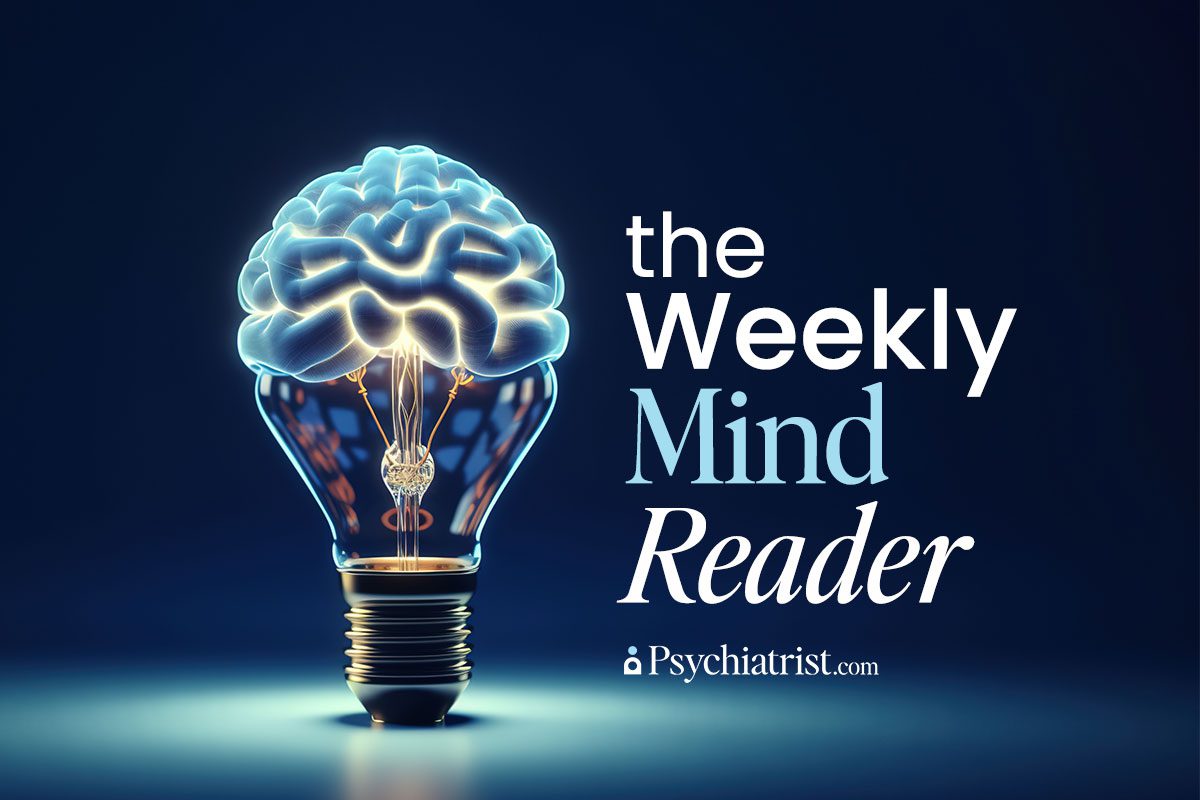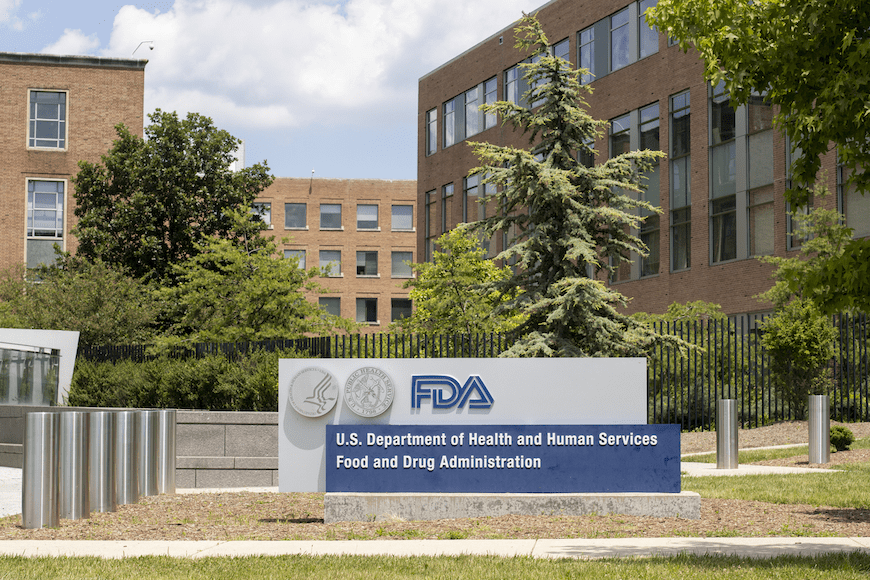While traditional antidepressant therapies provide relief for the vast majority of the country’s 17 million or so Americans who live with depression, anywhere between 6 percent and 35 percent of them struggle with difficult-to-treat depression. Its consequences are worse than they might sound, such as increased mortality, longer hospitalization stays, and higher rates of lost workdays.

All of this adds up to a mounting economic drag, with TRD-related costs surging past $43 billion annually.
Treatment Challenges
In 2019, the U.S. Food and Drug Administration (FDA) approved esketamine nasal spray, a quick-acting treatment engineered for TRD patients. Esketamine, a ketamine derivative, works by rapidly improving depressive symptoms when paired with a traditional antidepressant. But because of its disturbing side effects, those seeking relief through esketamine can only find it at certified treatment centers.
Esketamine’s rigid treatment regimen typically starts with a rigorous four-week induction phase, which demands twice-weekly visits to a certified treatment center. After that, patients continue treatment either on a weekly or biweekly basis. And even though esketamine offers a promising depression treatment alternative, the commute and time commitments erect significant barriers for most candidates.
A study earlier this year – which appeared in The Journal of Clinical Psychiatry – took a closer look at esketamine treatment patterns. The authors discovered that geographical, economic, and social factors all conspire to restrict access to care.
Geographic Obstacles
There are nearly 2,000 certified esketamine centers scattered across the country – operating in 42 out of 50 states. And yet, too many TRD patients live nowhere near one of these facilities.
Rural residents know. More than 60 percent of rural Americans live in areas with mental health provider shortages. Such “provider deserts” demand long commutes, which remains a natural treatment deterrent.
For example, patients living further from treatment centers were less likely to either initiate or finish the regimen’s induction phase. Each five-mile jump in distance from the nearest certified center notably cut the odds of starting therapy. Patients in rural areas, who often face higher poverty rates, appeared to be particularly vulnerable.
Social Barriers
The study also underscored the disproportionate effect of social determinants on esketamine treatment. Those from lower socioeconomic backgrounds and more racially diverse communities also faced more treatment barriers. The data showed that these patient populations were also less likely to seek out treatment and more likely to succumb to treatment interruptions.
Additionally, racial and ethnic minorities faced challenges in accessing uninterrupted esketamine care. Black, Hispanic, and multiracial individuals struggled more than most to maintain uninterrupted care. The numbers also reinforce the more systemic problem of racial disparities in the nation’s mental health care. These groups typically receive necessary care less often, are prescribed medications for serious mental illnesses less often, and terminate care early more often.
A Financial Burden
Finally – but probably most significantly, the financial burden of esketamine treatment can present an overwhelming deterrent to access. Patients who benefit from commercial insurance were more likely to initiate treatment than those with Medicaid, reflecting coverage disparities.
Medicaid patients, although they began therapy less often, also experienced fewer interruptions in their treatment. The study’s authors hint that it could be because of different insurance requirements or out-of-pocket cost structures.
The Path Ahead
Esketamine nasal spray represents a groundbreaking advancement in TRD treatment It’s a therapy that offers quick relief for patients who don’t respond to more conventional treatments. But today’s prevalent delivery model operates under the strain of access barriers for many patients, especially those in rural areas and communities with socioeconomic challenges.
To overcome these barriers, policymakers – caregivers – must explore alternative models of care. The authors recommend expanding access to treatment through a broader range of clinical settings. They suggest including primary care offices or even home-based treatment – with the proper supervision.
Finally, the authors insist on the need for more research, exploring factors such as studying how social determinants, such as race, income, and geographical location, shape mental health treatment outcomes while developing strategies that ensure equitable access to depression treatment.
Further Reading
Combining Ketamine and Psychotherapy for the Treatment of Posttraumatic Stress Disorder
Study: Intravenous Ketamine Vs. Intranasal Esketamine
Efficacy and Safety of Ketamine/Esketamine in Bipolar Depression in a Clinical Setting



